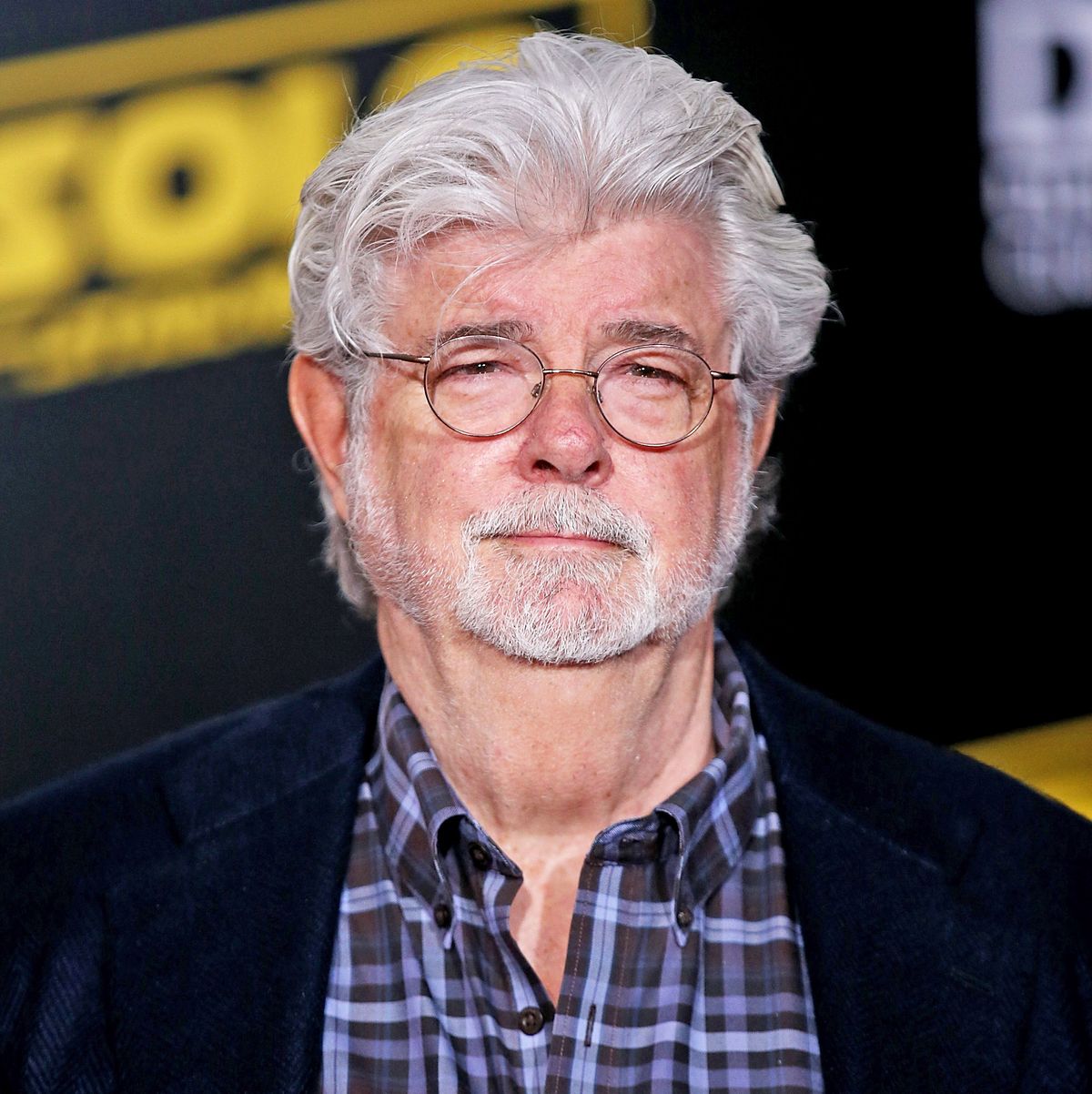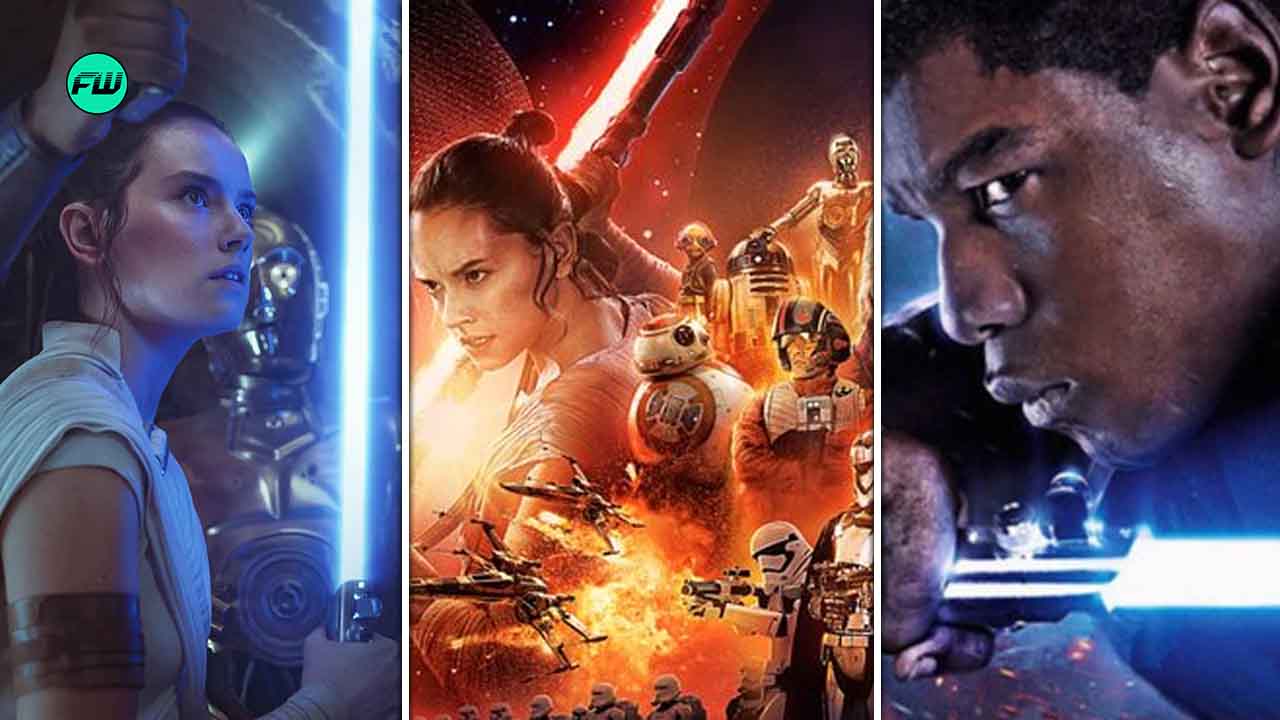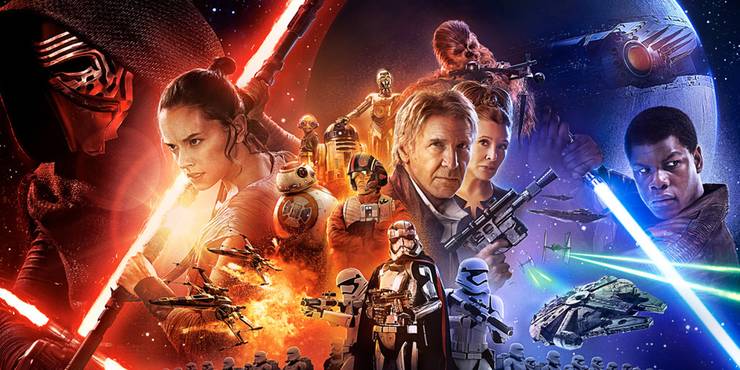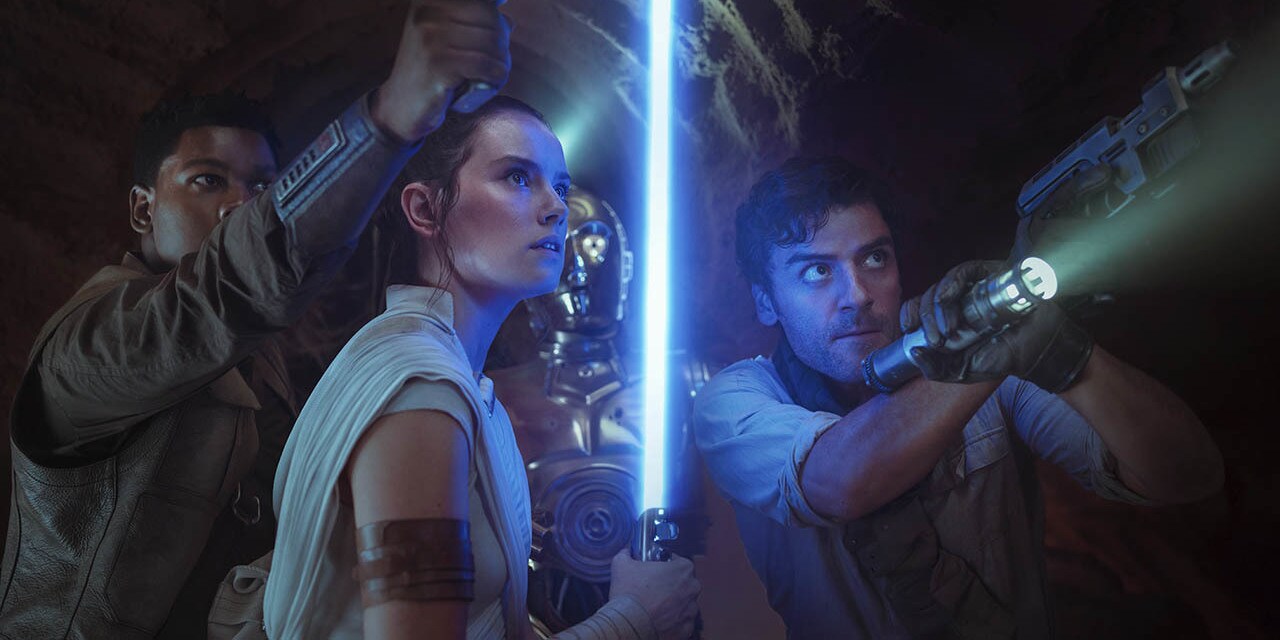In pop culture, Star Wars is the most beloved franchise. The Star Wars trilogy is the third trilogy of the Star Wars franchise. George Lucas created this franchise. The Sequel Trilogy serving as the final stage of the Skywalker Saga, consists of eight episodes, chronologically following the Prequel and the Original Trilogy. The Original Trilogy was a massive success, beyond anyone’s imagination. It helped in redefining entertainment and pushing in terms of filmmaking technology, plot, and characters.
The Original Trilogy of the Star Wars broke boundaries and was rich in character depth, but the Sequel Trilogy lacked all. For Lucasfilm, the Sequel was meant to be a massive learning opportunity. As it didn’t receive the response that anyone was hoping for in it. One of the big reasons behind this could be that it ignored the lessons of the Original Trilogy in many ways. The Sequel Trilogy did nothing for filmmaking as an art, like in the original. So for the Star War fans, below we present the unnoted eight times when the Sequel Trilogy betrayed the Original Trilogy of Star Wars.
1. The Star War sequel made a massive mistake by adding nothing new to the proceedings.
Though the Last Jedi tried to subvert the expectations, it borrowed multiple plot lines from the Original Trilogy.
2. The Original Trilogy lessened the effect of Plot armor on things, but the Sequels pretty much ignores this.
Finn is the only hero who gets hurt while all the Original Trilogy heroes die.
3. The Original Trilogy felt like an ensemble, but the Sequel failed to give the main characters and the side characters a story arc.
It felt like Rey and Kylo got all the spotlight in the Sequel Trilogy. Finn, Poe, and the other side characters felt as being one-dimensional. Often, their plots had not even a minimum bearing on the overarching story.
4. Lucas created many new groundbreaking techniques and technology in the Original Trilogy, but there was nothing like this in the Sequel.

The Sequel Trilogy worked with the same old physical and digital effects. As a result, they didn’t break any new ground.
5. While the Original Trilogy encapsulated all of Lucas’s love, the Sequel was the complete opposite.
The Sequel Trilogy was rushed into production without a plan, forgetting that Star Wars was created from one person’s imagination.
6. The size of the production and marketing behind the Sequel was massive, yet it’s a black eye on the legacy.
The greatest lesson from the Original Trilogy is that something bigger doesn’t mean it’s better.
7. The Sequels failed in providing a balance to the characters with the spectacle.
Lucas did a fantastic job in the Original by showing the spectacle in the stars. As well as making the characters feel memorable and authentic.
8. To make the fans nostalgic, the Sequel ignored the character development of every Original Trilogy hero.
This action hurt the Sequels immensely and had angered many fans’ sentiments.
Also, watch the trailer for Star Wars: The rise of Skywalker here:






